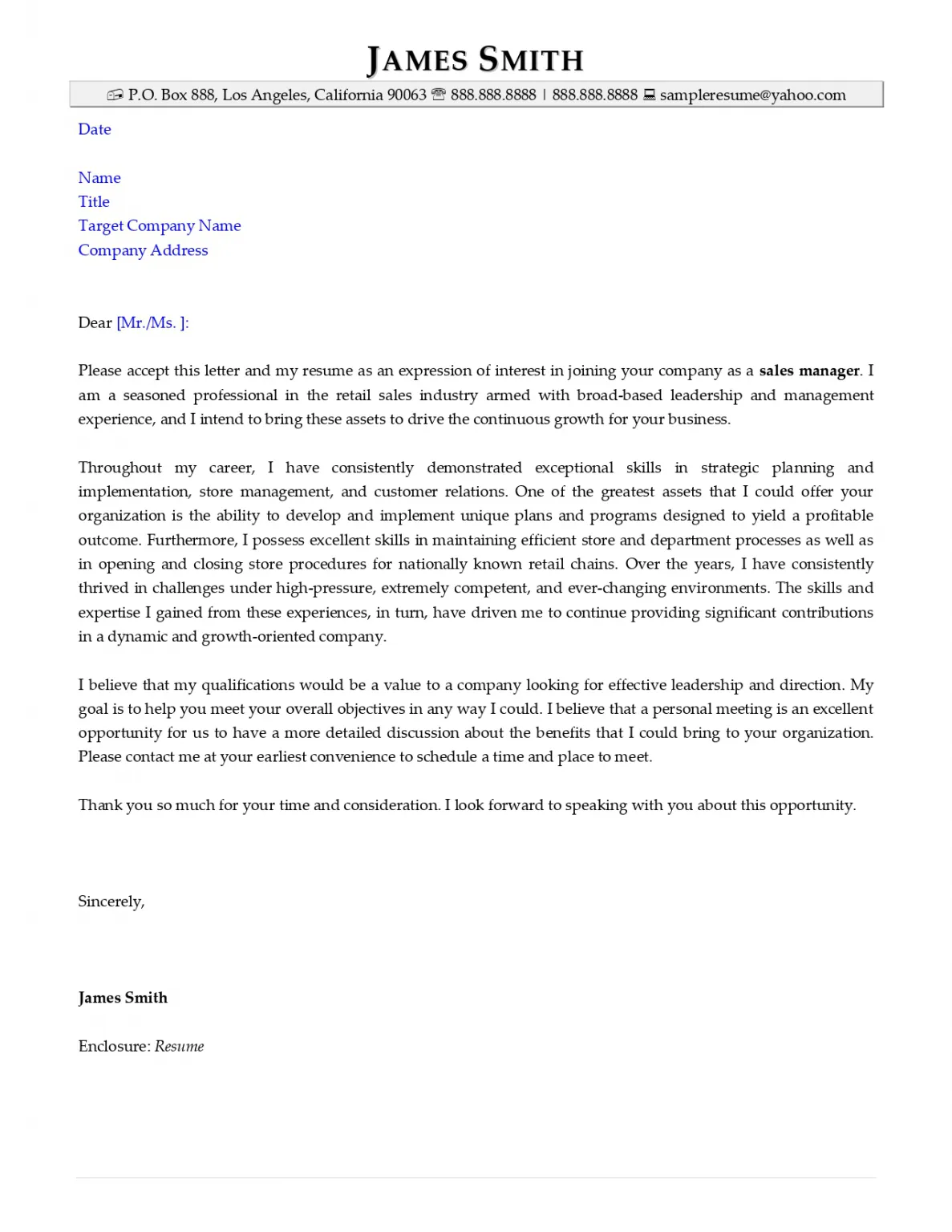Cover Letter Writing Basics
A cover letter is a crucial document in your job application arsenal. It serves as an introduction, a chance to showcase your personality, and a platform to highlight how your skills and experience align with the specific job and the company’s needs. While resumes provide a snapshot of your qualifications, cover letters offer an opportunity to tell your story, explaining why you are the ideal candidate and demonstrating your genuine interest in the role and the organization. This guide will walk you through the essential steps of creating a compelling cover letter that significantly increases your chances of landing an interview.
Understanding the Purpose of a Cover Letter
The primary purpose of a cover letter is to persuade the hiring manager to read your resume and, ultimately, invite you for an interview. It allows you to personalize your application, demonstrating your understanding of the role and the company. Furthermore, the cover letter helps you connect your skills and experiences directly to the job requirements. A well-crafted cover letter also helps you to stand out from the competition by showcasing your unique qualities, your enthusiasm for the position, and your understanding of the company’s values and goals. It’s not just about listing your qualifications; it’s about creating a narrative that highlights your suitability.
Why Cover Letters Are Still Important
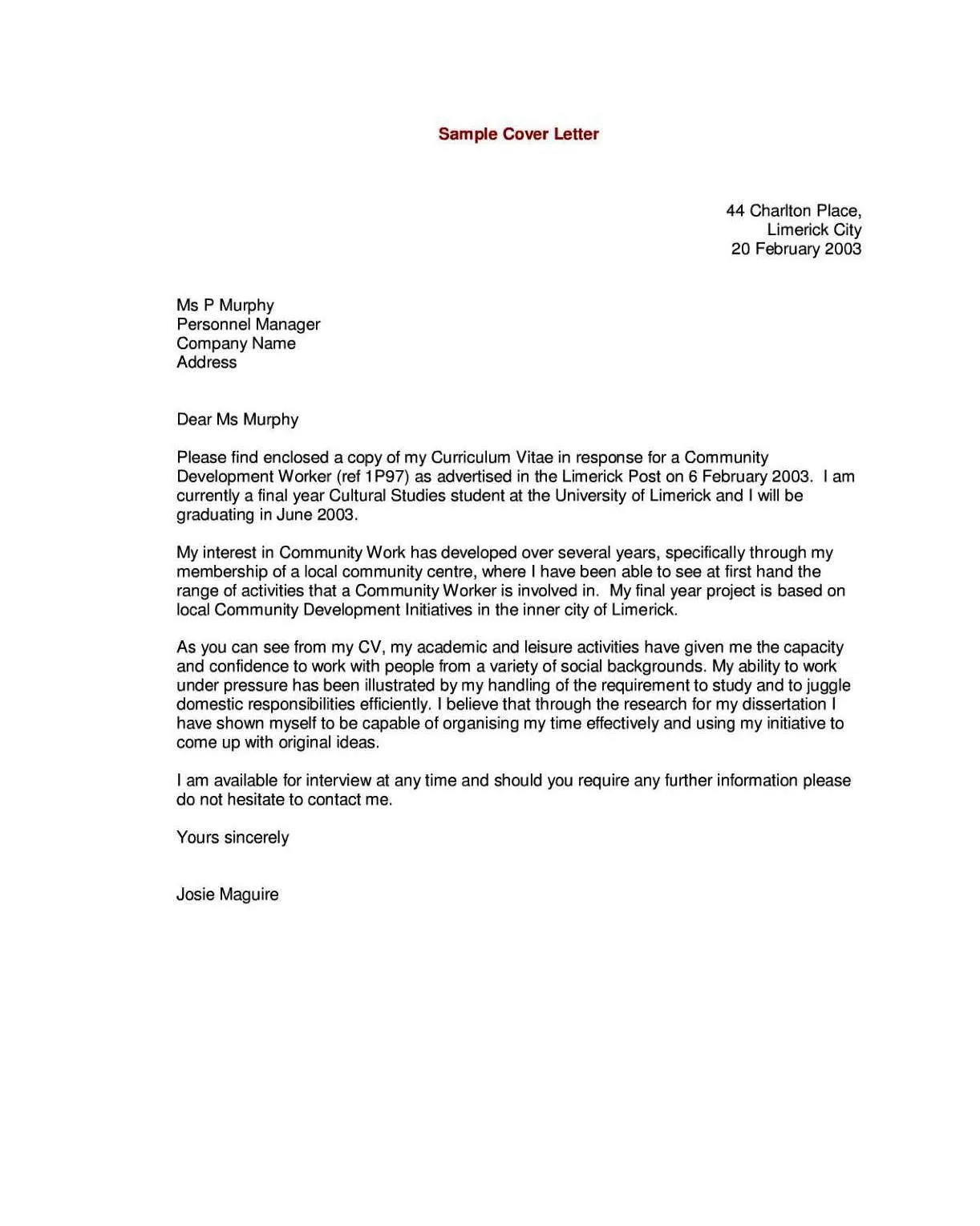
In an era dominated by online applications, many might question the relevance of cover letters. However, cover letters remain a vital component of a successful job search. They show attention to detail, strong writing skills, and a proactive approach. Many recruiters still value cover letters because they offer insight into your personality, your communication skills, and your understanding of the job. Moreover, cover letters allow you to address any potential gaps in your resume or explain career transitions, providing context that a resume alone cannot. By submitting a cover letter, you demonstrate a genuine interest in the role and your dedication to the application process, which can significantly improve your chances.
Key Components of a Cover Letter
A well-structured cover letter should follow a specific format, each section serving a distinct purpose in convincing the hiring manager of your suitability. Every aspect of the cover letter plays a vital role, and attention to detail is crucial. From the professional formatting to the tailored content, each element contributes to creating a compelling narrative. The following sections outline the key components of a great cover letter, each designed to effectively communicate your qualifications and enthusiasm. These sections must be present to be considered well-written cover letter.
Header & Contact Information
Start with a professional header that includes your full name, address, phone number, and email address. Make sure the contact information is up-to-date. Below your information, include the date and then the hiring manager’s name, title, and company address. If the hiring manager’s name is unknown, research it or use a general title like ‘Hiring Manager.’ This attention to detail can demonstrate your professionalism and initiative. Ensure the information is clearly presented and easy to read.
Salutation
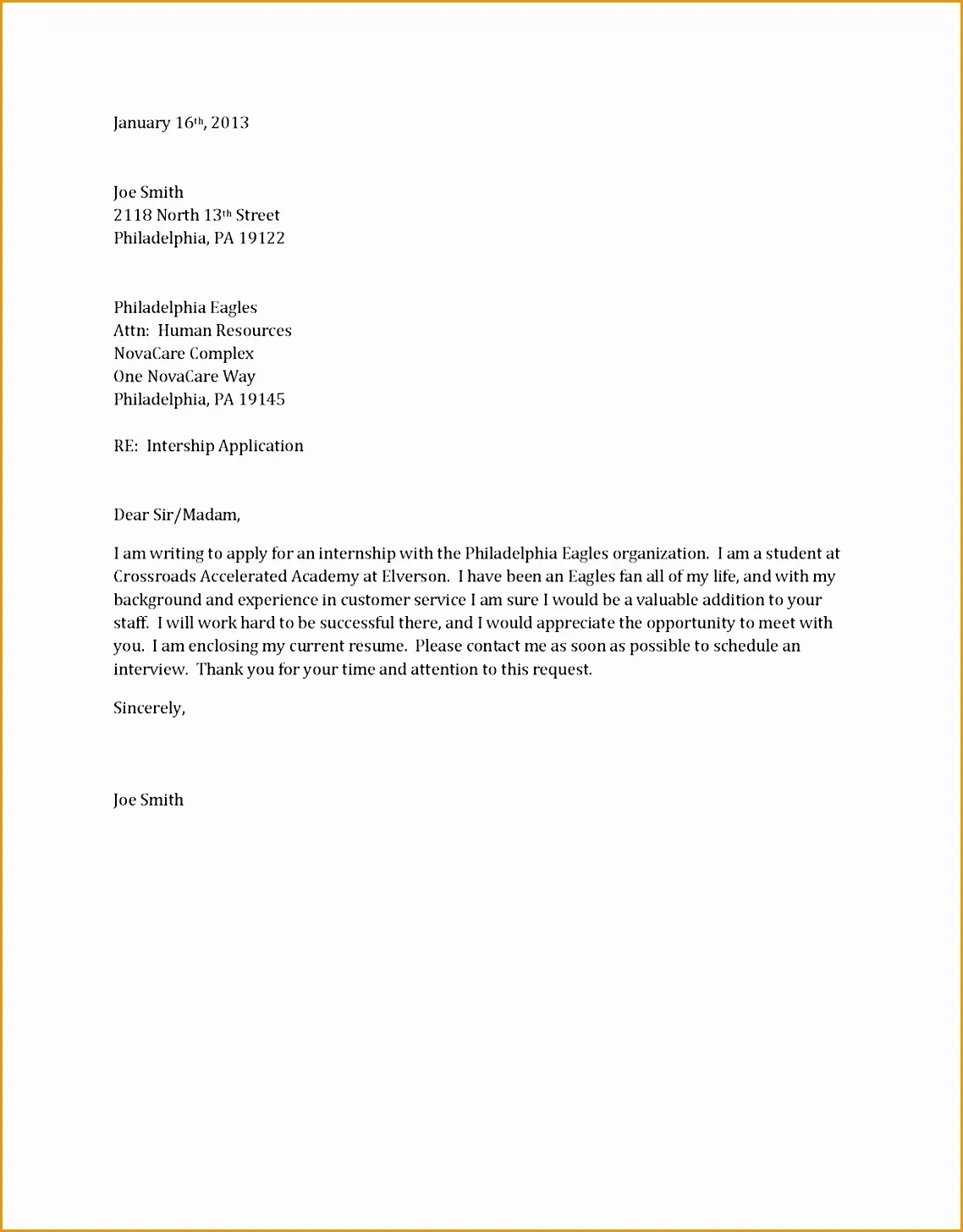
Use a formal salutation, such as ‘Dear Mr./Ms./Mx. [Last Name],’ if you know the hiring manager’s name. If the name is not available, use ‘Dear Hiring Manager’ or ‘Dear [Company Name] Hiring Team.’ Avoid generic greetings like ‘To Whom It May Concern,’ as they can make your letter seem impersonal. Address the reader by name whenever possible, as this shows that you’ve taken the time to research the company and the role. This small detail can make a significant difference in establishing a personal connection.
Body Paragraph 1 Grab Attention
The first paragraph should capture the reader’s attention. State the position you are applying for and how you learned about it. Briefly mention your key skills or experiences that align with the job requirements. This introductory paragraph sets the tone for your letter and immediately signals why you are a strong candidate. The aim is to pique the reader’s interest and encourage them to continue reading. Use concise and impactful language to make your initial impression memorable and compelling.
Body Paragraph 2 Show Your Value
This is where you highlight your relevant skills and experiences in detail. Use the job description as a guide to identify the key requirements and tailor your examples accordingly. Provide specific instances where you demonstrated those skills and achieved positive results. Quantify your accomplishments whenever possible, using numbers and data to showcase your impact. This paragraph should demonstrate your value proposition to the employer, showing them why they should hire you. Use strong action verbs and focus on the benefits you can bring to the company.
Body Paragraph 3 Call to Action
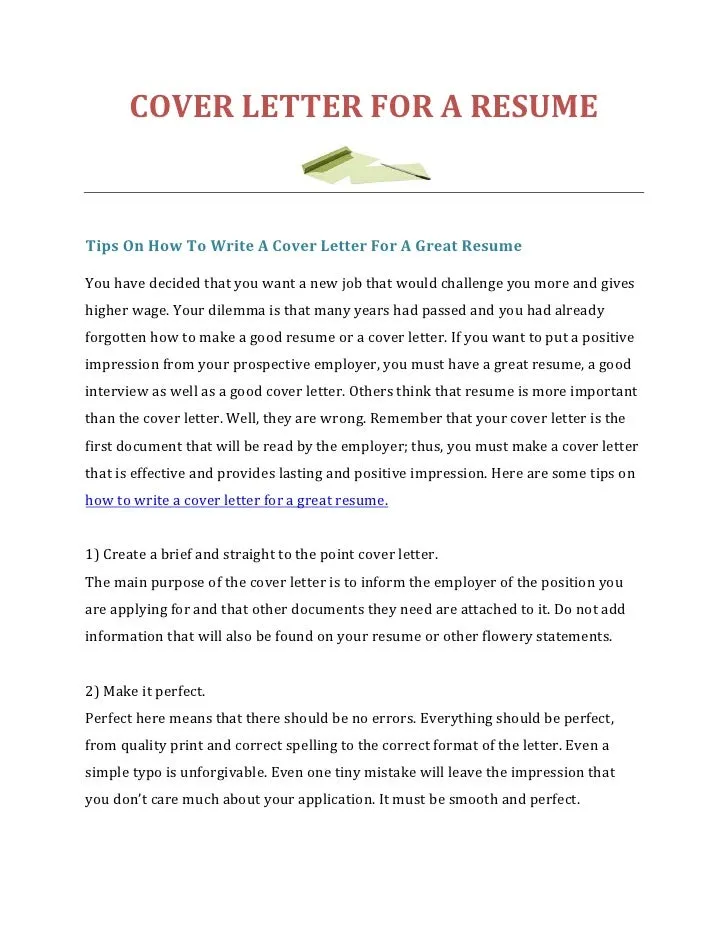
In the final body paragraph, reiterate your interest in the position and the company. Briefly summarize your key qualifications and express your enthusiasm for the opportunity. Include a call to action, such as requesting an interview or expressing your eagerness to discuss your qualifications further. Make it clear that you are proactive and ready to take the next step in the hiring process. End with a confident and forward-looking statement, reinforcing your suitability for the role.
Closing and Signature
Use a professional closing such as ‘Sincerely,’ ‘Best regards,’ or ‘Respectfully.’ Then, type your full name. If submitting a physical cover letter, leave space for your handwritten signature above your typed name. Ensure your closing is appropriate for the company culture and the level of formality. Your signature should be clear and easy to read, reflecting your professionalism. This final touch provides a polished finish to your cover letter, signaling your respect for the reader and your attention to detail.
Formatting Your Cover Letter
The formatting of your cover letter is essential for readability and professionalism. A well-formatted letter shows that you pay attention to detail and respect the reader’s time. Consistent formatting throughout your letter is also important. Careful formatting allows the reader to easily navigate and absorb the content, and it reflects your commitment to presenting a professional image. Choose fonts and layouts that are both visually appealing and easy to read.
Font Selection
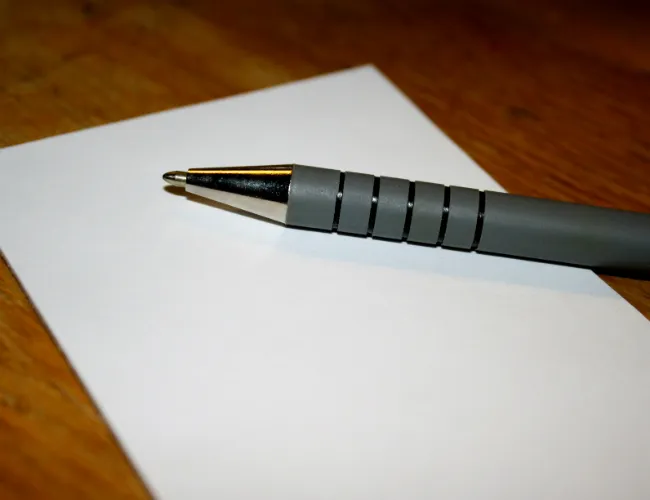
Choose a professional and readable font such as Times New Roman, Arial, Calibri, or Helvetica. Keep the font size between 10 and 12 points for optimal readability. Avoid using overly decorative or unusual fonts that might distract the reader. Ensure consistency in font choice throughout your cover letter. Proper font choice helps the reader to focus on your message. A clean and professional font can enhance the overall presentation of your letter, making it easier to read and understand.
Margins and Spacing
Use standard 1-inch margins on all sides of your cover letter. Use single-spacing for the body of the letter, with a double space between paragraphs. This formatting provides ample white space, making the letter easy to read and visually appealing. Proper spacing prevents the letter from appearing cluttered, allowing the reader to focus on the content. Consistent margins and spacing demonstrate your attention to detail and your commitment to presenting a professional document.
File Format
Save your cover letter as a PDF file unless the job posting specifies a different format. PDF format ensures that your formatting remains consistent regardless of the recipient’s device or software. Name the file with your name and the job title, for example, ‘JaneDoe_CoverLetter_MarketingManager.’ This helps the recipient quickly identify the document and keeps your application organized. Adhering to the specified format ensures that your letter is presented as intended and avoids any compatibility issues.
Customizing Your Cover Letter
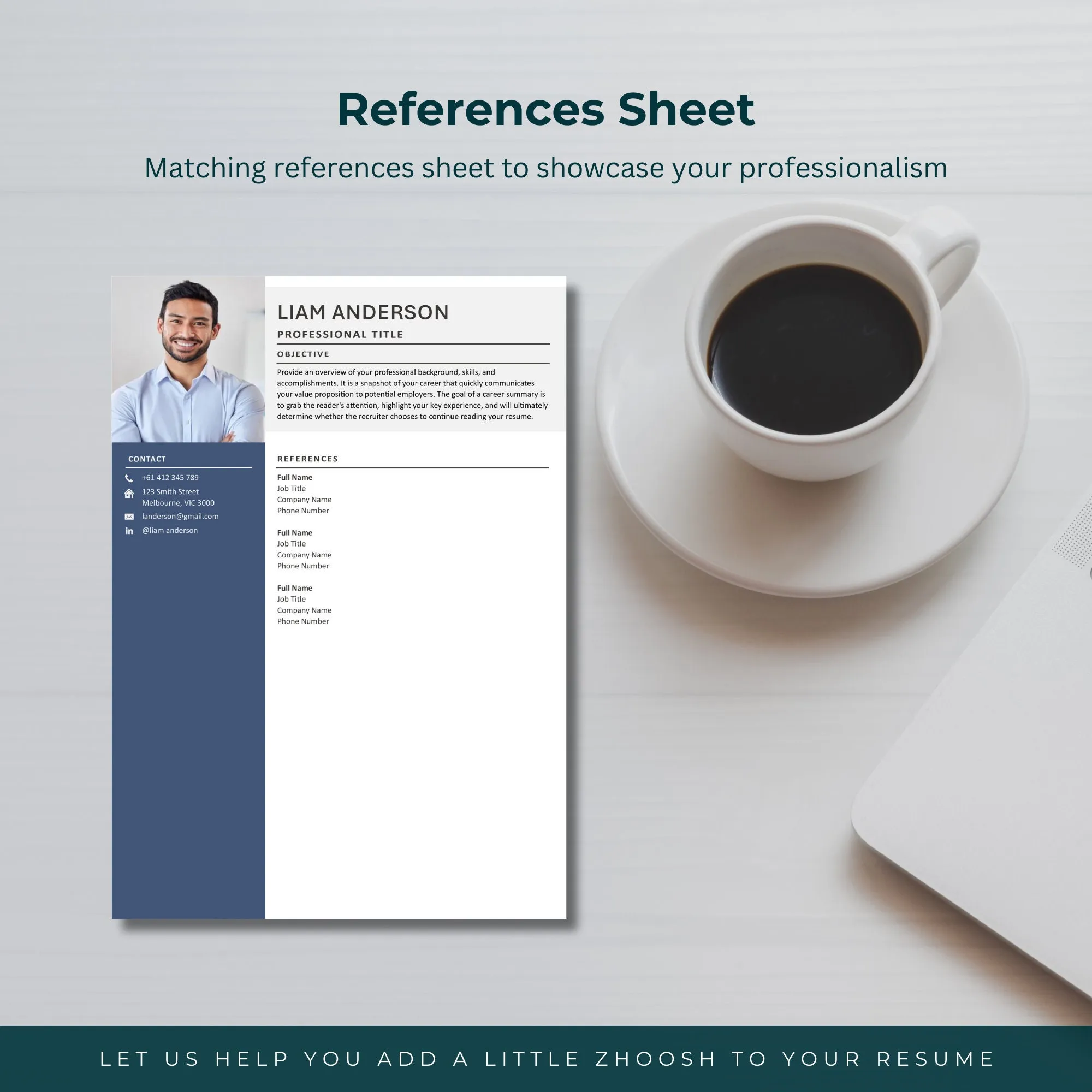
Customizing your cover letter for each job application is crucial for making a strong impression. A generic cover letter can easily be identified as a form letter, whereas a tailored letter demonstrates that you’ve taken the time to understand the specific requirements of the role and the values of the company. Customization shows that you are genuinely interested in the opportunity, and that you have carefully considered how your skills and experience align with the job description. The following steps will guide you in creating a compelling and personalized cover letter.
Tailoring to the Job Description
Carefully review the job description and identify the key requirements and qualifications. Highlight the skills, experiences, and accomplishments that directly match the job’s needs. Use the same keywords and phrases from the job description to ensure your letter resonates with the hiring manager. Explain how your skills and experiences make you an ideal candidate for the position. By tailoring your letter, you show that you understand the role and are a good fit for the company. Tailoring your cover letter ensures that you are addressing the specific requirements and expectations outlined in the job description.
Highlighting Relevant Skills
Focus on the skills and experiences that are most relevant to the job. Provide specific examples of how you have used these skills to achieve positive results in previous roles. Use the STAR method (Situation, Task, Action, Result) to structure your examples and provide clear context. Showcase your skills and how you meet the employer’s requirements. Highlighting relevant skills shows the hiring manager that you not only possess the necessary qualifications but also have a proven track record of success. This focused approach allows you to directly address the employer’s needs and demonstrate your value.
Using Keywords
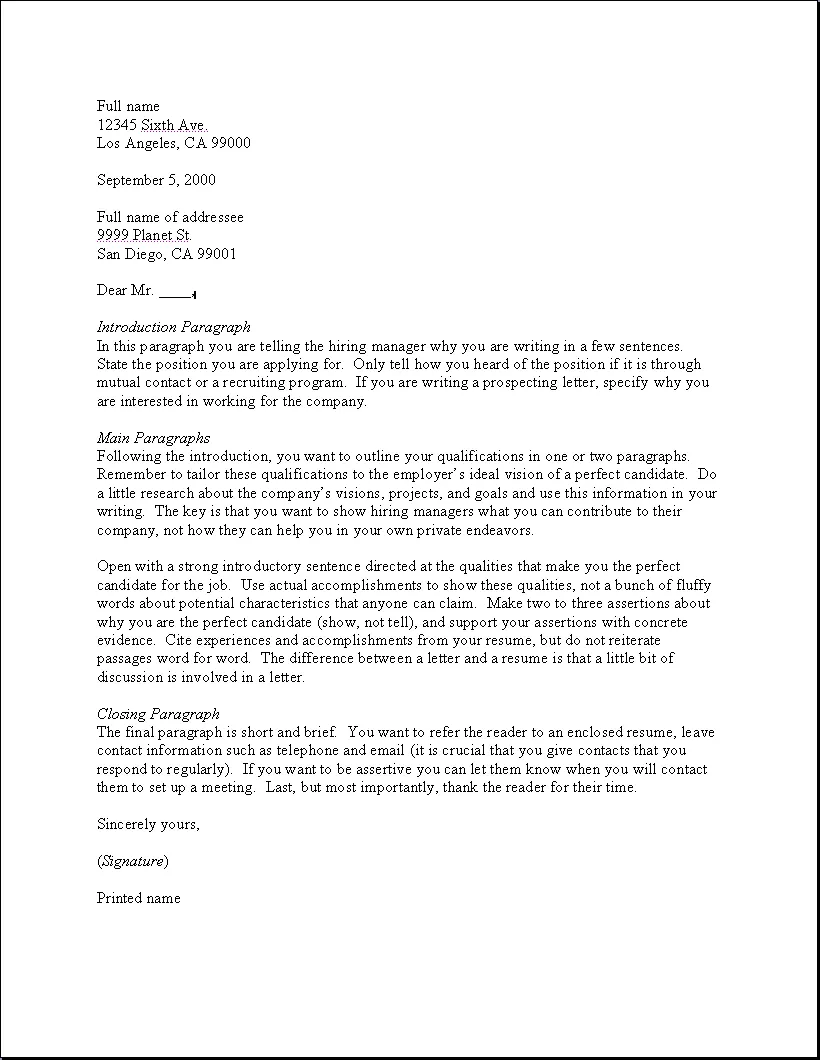
Incorporate keywords from the job description throughout your cover letter. Keywords are essential for both applicant tracking systems (ATS) and human readers. Strategically place relevant keywords within your text. Ensure the keywords are used naturally within your writing and are not forced or excessive. This helps your cover letter get noticed by the systems. Using relevant keywords can improve your chances of passing the initial screening process and getting your application seen by a human recruiter. This technique ensures that your cover letter reflects the language and terminology used by the employer.
Proofreading and Editing
Proofreading and editing are critical steps in the cover letter writing process. A polished and error-free cover letter demonstrates your attention to detail and commitment to excellence. Take the time to review your letter thoroughly. Ensuring your cover letter is free of errors can significantly impact your chances of success. Before submitting your cover letter, carefully check for any grammatical errors, spelling mistakes, and formatting inconsistencies. Here are a few tips to ensure that your cover letter is impeccable and ready for submission.
Common Mistakes to Avoid
Avoid common mistakes such as typos, grammatical errors, and overly long sentences. Do not use generic templates without customizing them. Ensure that your cover letter is tailored to the specific job and company. Avoid clichés and jargon, which can make your letter sound generic. Make sure to avoid any negative language about previous employers or roles. Avoiding these common errors can ensure your cover letter projects a professional image and effectively highlights your qualifications.
Proofreading Tips
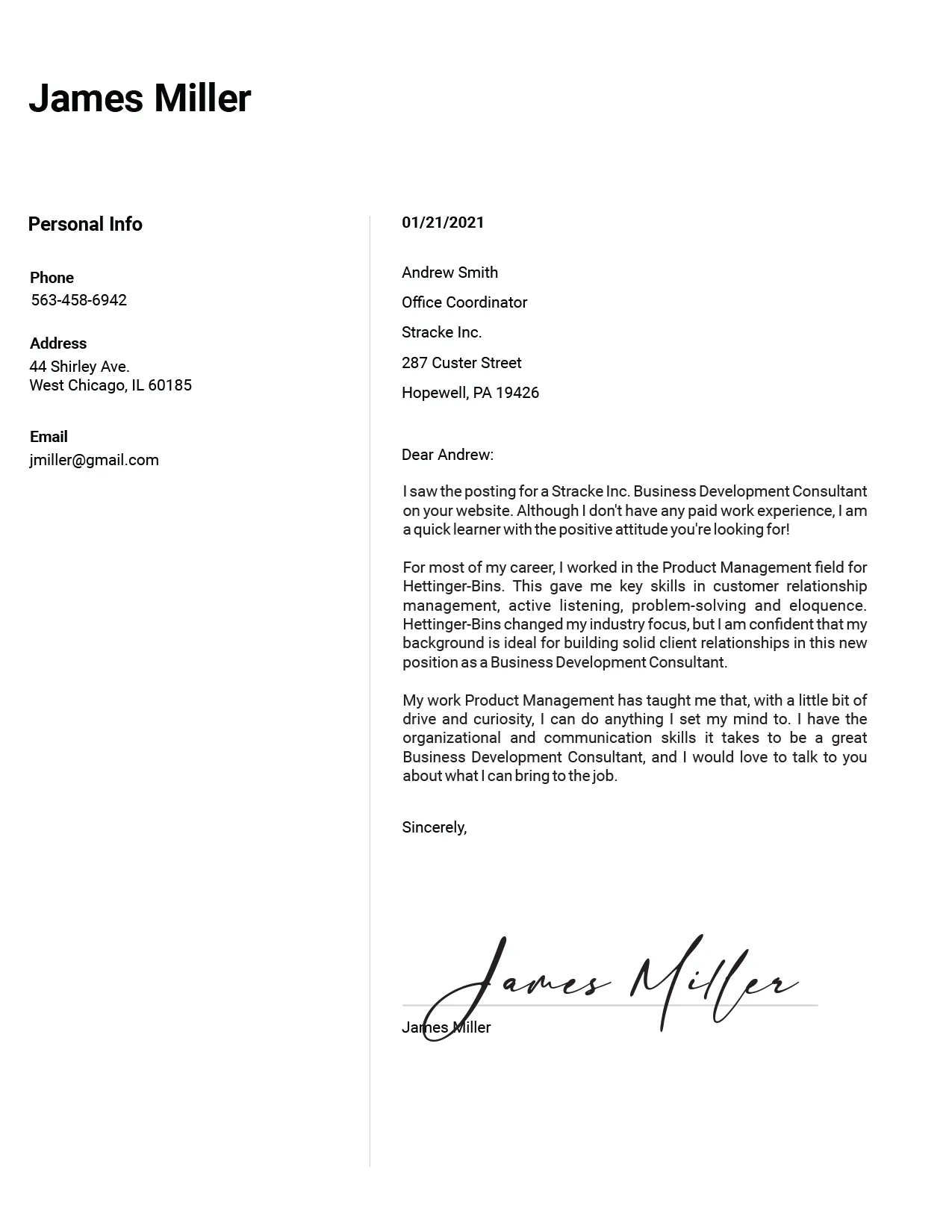
Proofread your cover letter multiple times, ideally after taking a break from writing. Read your cover letter aloud to catch any awkward phrasing or grammatical errors. Use spell-check and grammar-check tools, but don’t rely on them completely. Have a friend, family member, or career advisor review your cover letter for feedback. Proofreading is a critical step in the application process. This ensures that your cover letter is polished, professional, and free of errors.
Cover Letter Examples
Reviewing examples of well-written cover letters can provide valuable insights and inspiration. Look for examples that align with your industry and the type of job you are seeking. Pay attention to the format, tone, and language used in successful cover letters. Use these examples as a guide to create your cover letter, adapting them to your unique skills and experiences. Customize the examples to reflect your personal experiences. These resources can help you craft a cover letter that is both compelling and effective.
In conclusion, crafting a compelling cover letter is a crucial part of a successful job application. By following these guidelines, you can create a document that not only showcases your skills and experiences but also demonstrates your genuine interest in the role and the company. Remember to tailor your letter to each job, proofread carefully, and present yourself in a professional and confident manner. Your cover letter is your opportunity to make a strong first impression and secure your interview. Good luck with your job search!
